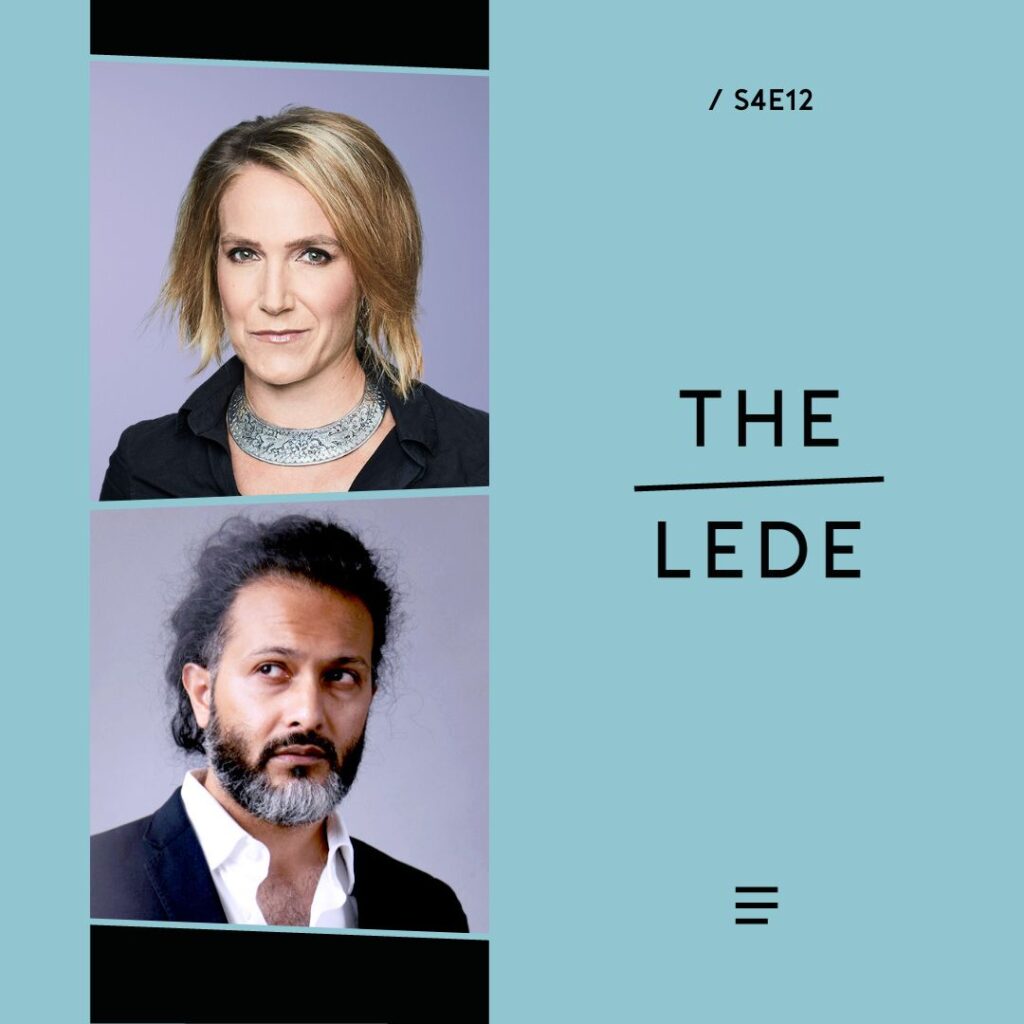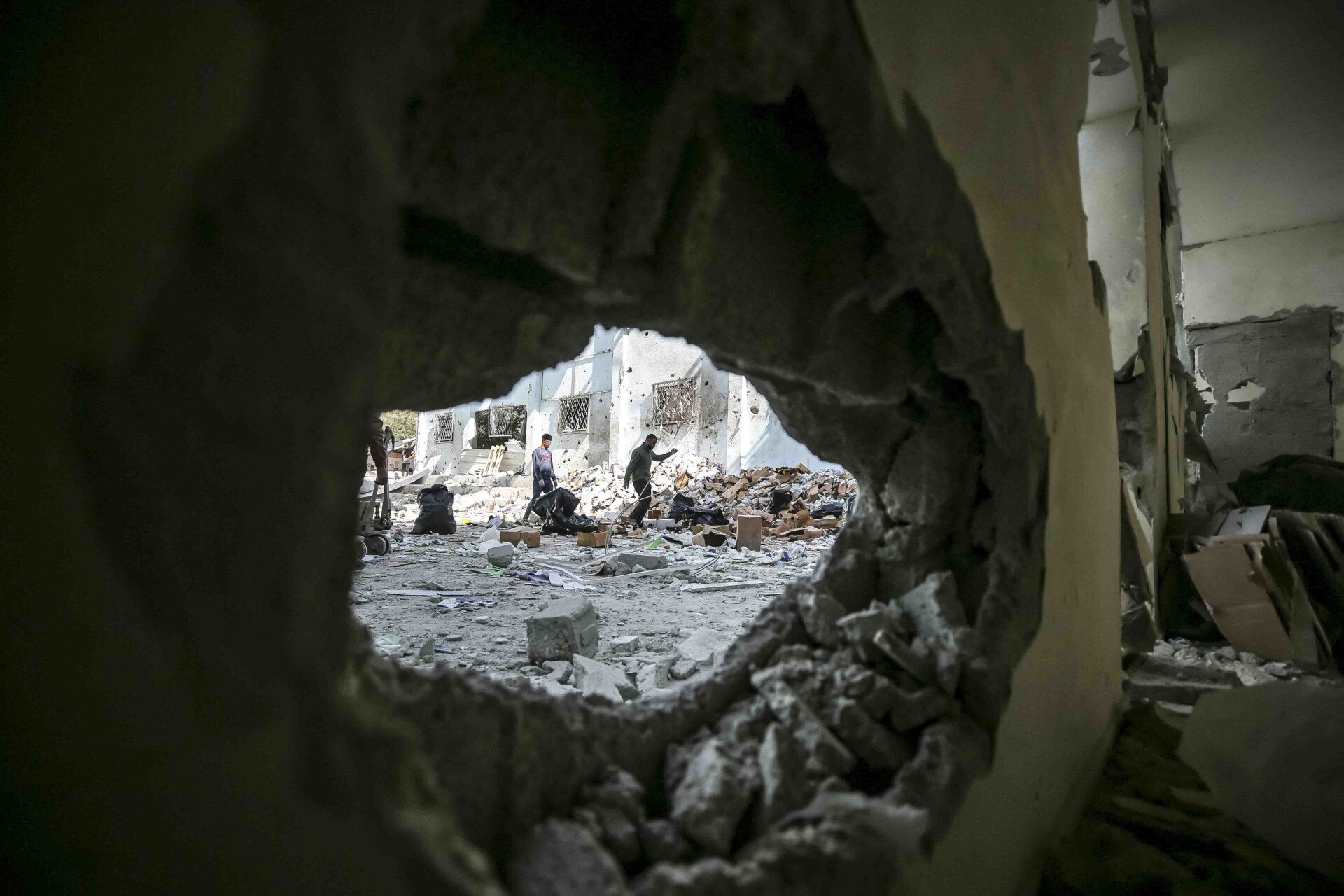Hosted by Faisal Al Yafai
Featuring Arwa Damon
Produced by Finbar Anderson
Listen to and follow The Lede
Apple Podcasts | Spotify | Podbean
Arwa Damon struggles to fully convey her experience on the ground in Gaza. In New Lines magazine last week Damon wrote, “I understand so much more, and yet I find myself even more incapable of articulating the extent of what I am witnessing.”
She feels that the words and phrases typically used in Western media to describe the impact of the war in Gaza cannot do justice to the reality. “Going in and having the actual sights and sounds and emotions that are attributed to those words, was what really made me realize just how lacking that actual rhetoric is, because how do you describe what is a sea of agony?” she tells New Lines’ Faisal Al Yafai on The Lede.
“Going into Gaza, that pit of fear was more like a web that sat on my chest and never settled.”

After a well-received conversation with Al Yafai on The Lede in November that was nominated for multiple awards, Damon returns to the podcast to discuss her recent trip with her humanitarian organization International Network for Aid, Relief and Assistance (INARA).
“The images that are left in the aftermath of war, where you see a person reduced to living in a tent and begging for food, it’s very humiliating for them. It’s also very dehumanizing for them,” says Damon. “We need to fight back against that and remind people that they once had everything that we have, [although] it might not have been perfect.” Damon quotes a Palestinian friend, who told her, “‘What [the Israelis] have done is reduced us to the way they want to see us: miserable and living in tents.’”
Damon describes the challenges of operating a humanitarian organization inside Gaza, and brings up the recent Israeli strike that killed seven workers for World Central Kitchen. “It sent these ripples of fear through the humanitarian community, even though more than 200 humanitarians have been killed in Gaza,” she says. “This was particularly jarring because World Central Kitchen had the best lines of communication to the Israelis.”
The veteran CNN international correspondent says that despite her conflict experience, her time in Gaza was particularly frightening. “I was terrified. … There’s always this little pit of fear that follows you into a war zone, and I actually always say that one needs to have a level of fear because you need to respect the danger,” she says. “Going into Gaza, that pit of fear was more like a web that sat on my chest and never settled.”
The fact that Western media organizations have not been allowed into Gaza to report the story has led to the picture of the conflict becoming distorted, argues Damon. “Needing international journalists in there is not because Gazan journalists are not up to the job,” she says. “It’s because the West needs to experience it directly through the lens of a Western journalist to understand it fully.”
Pushed by Al Yafai on whether Western audiences might not grant the same level of trust to a Palestinian journalist in Gaza as to a Ukrainian journalist in Ukraine, Damon acknowledges, “We have to confront our own biases. It’s ugly, and it’s a difficult conversation to have with oneself, but we do.”
While it may not immediately alter the situation on the ground, practicing good journalism inside Gaza remains of paramount importance, Damon says. “Even if telling the story doesn’t change the present, it needs to be part of the record for the future. This story does not get to be told just by those who have the biggest bombs.”


